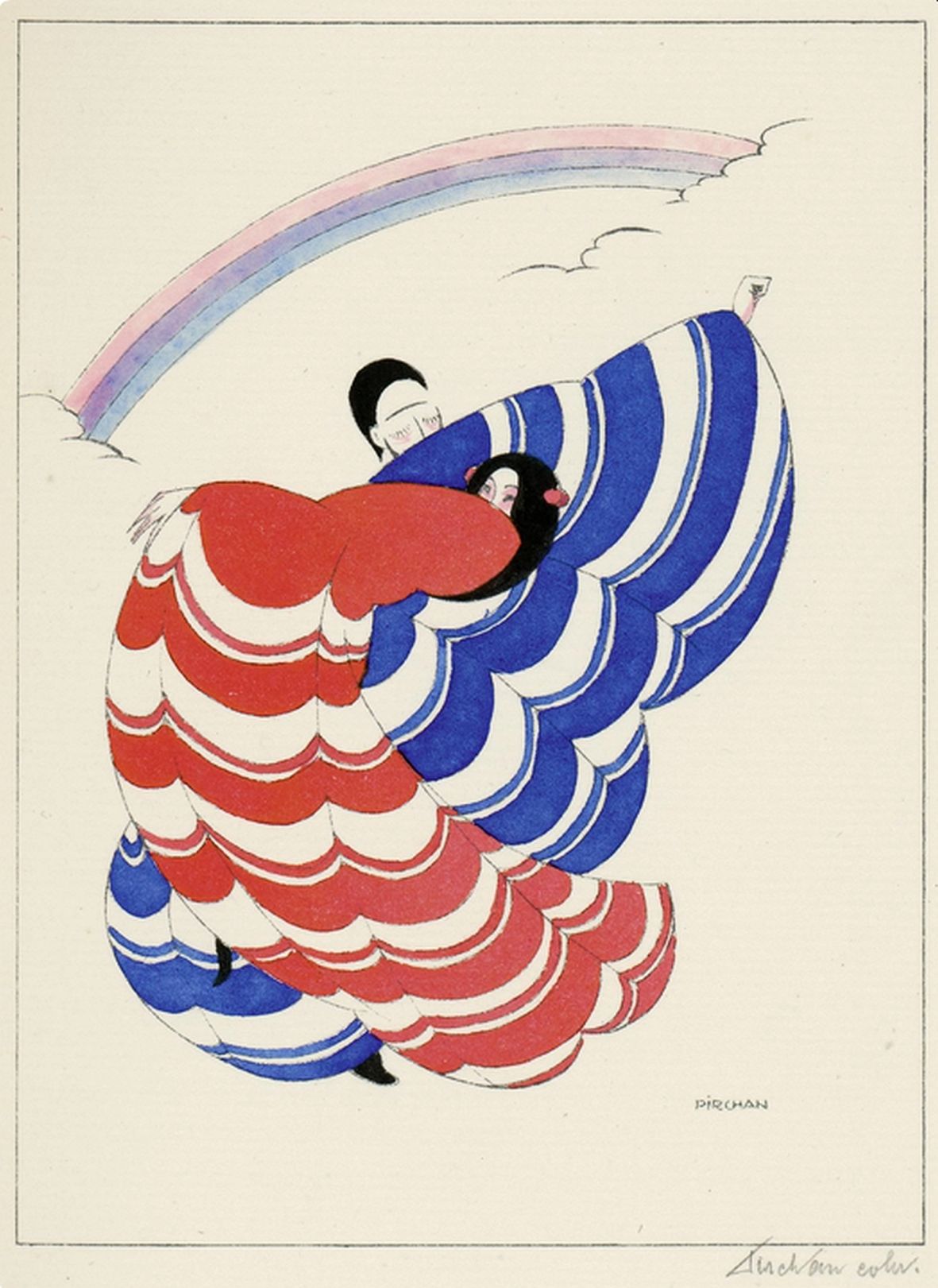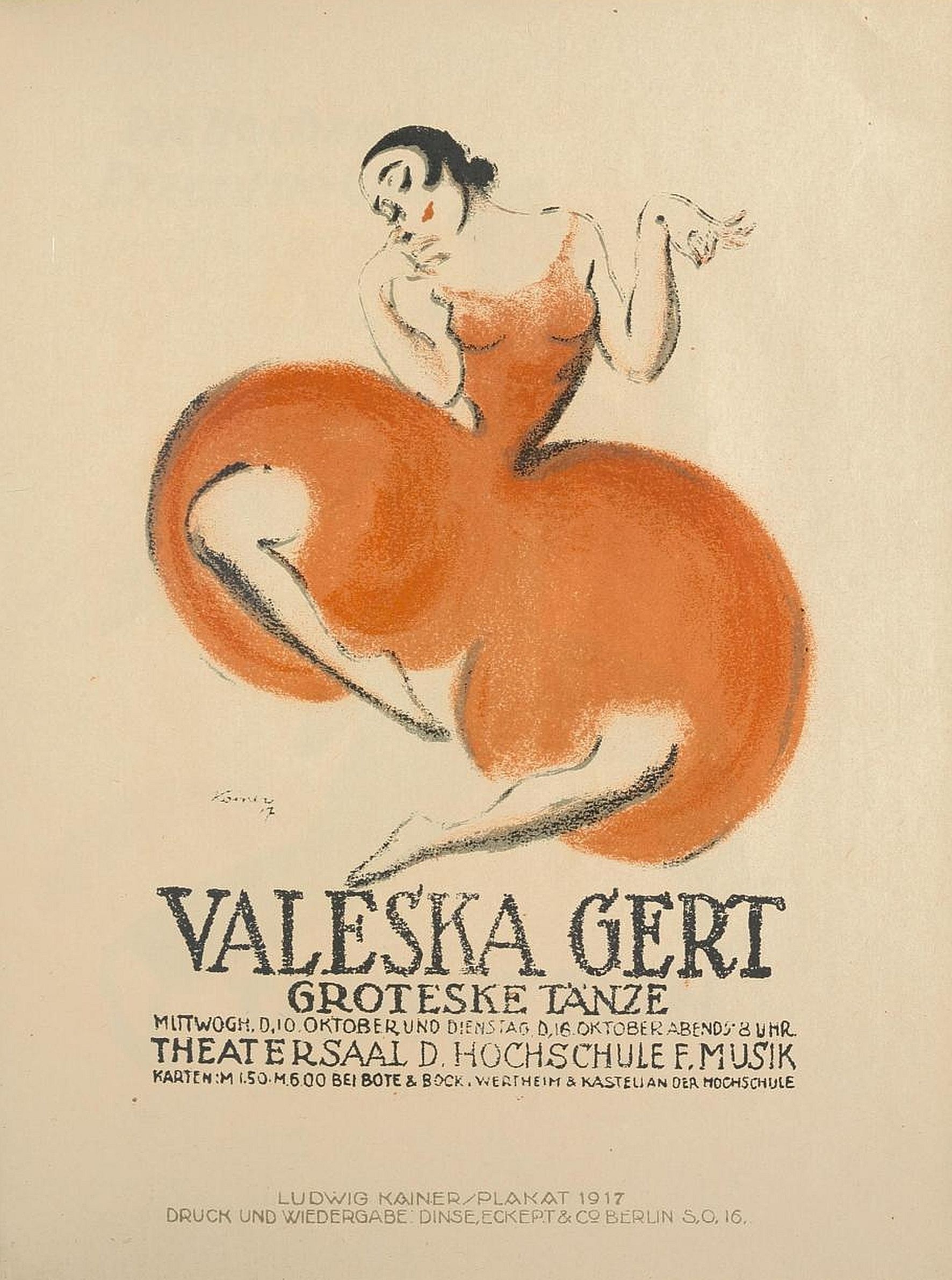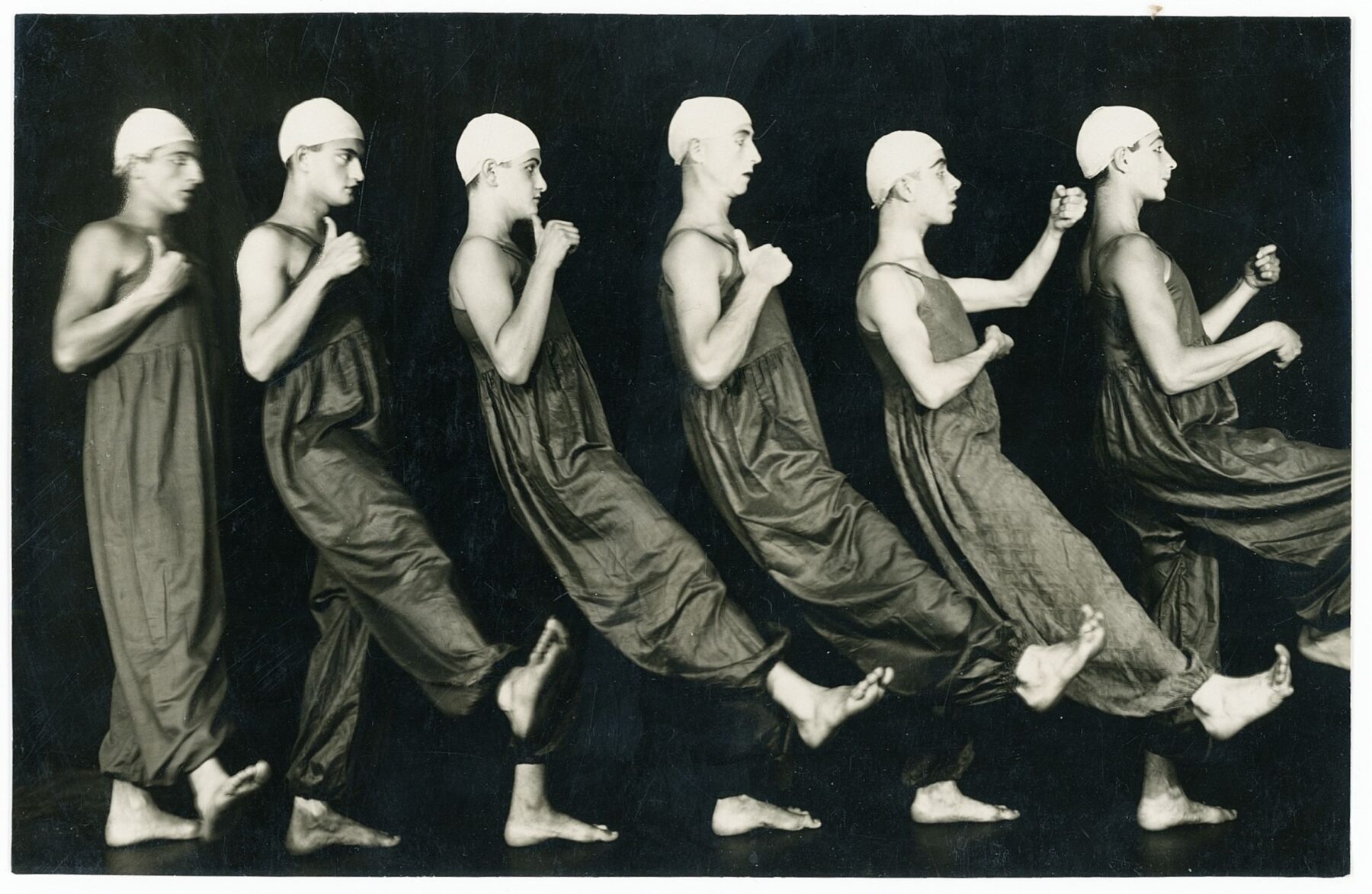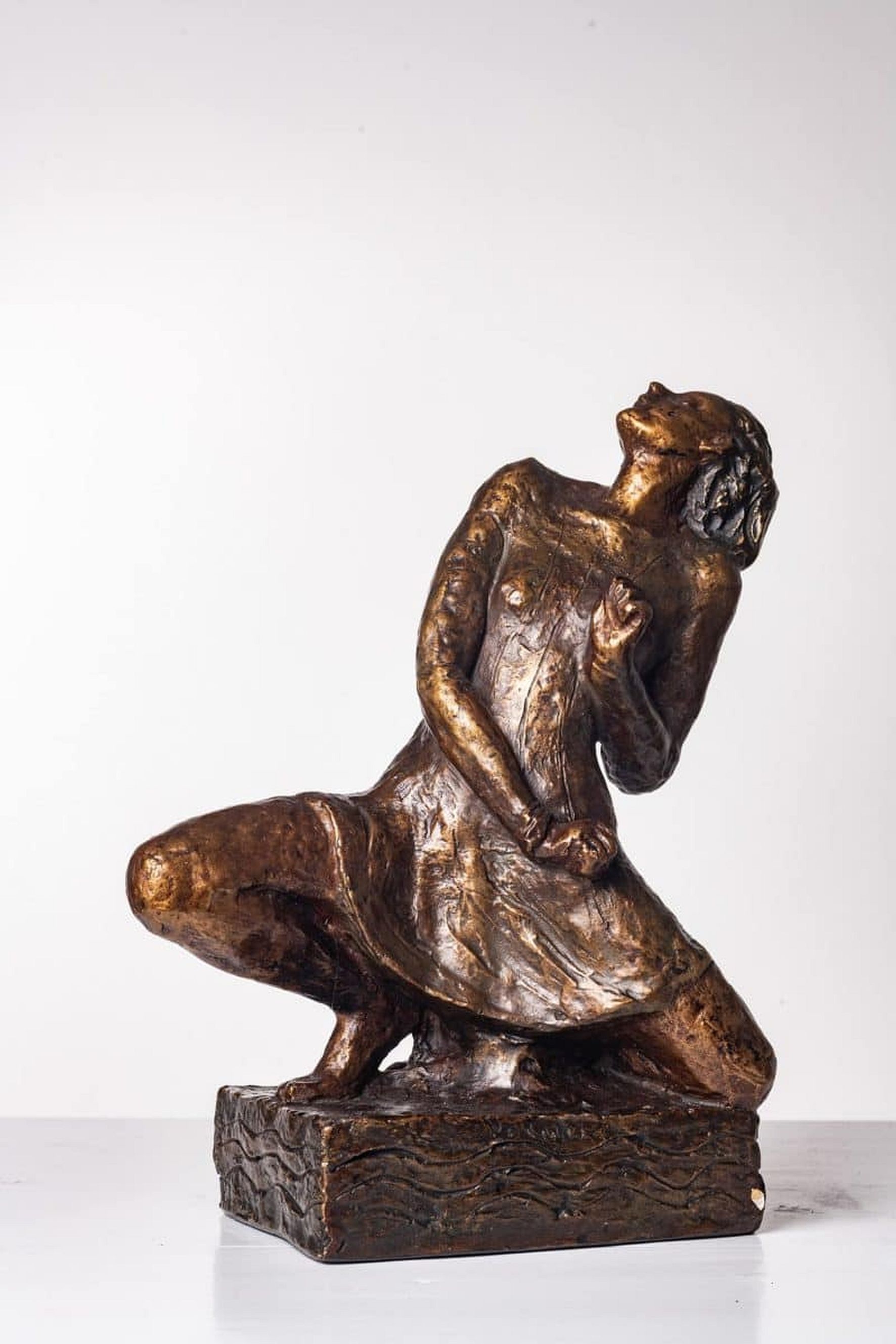06.12.2025 – 03.05.2026
“Dance your life / Dance yourself
Dance becomes art, 1892 to 1933. Part 2: Highlights
Around 1900, the new artistic dance not only liberated the body from the corset and all convention. It became subjective, emotional, free and claimed to be an independent art form. The 1920s became the zenith of expressive dance. Important dancers founded an entire network of dance schools, experimented with large amateur formations and established dance congresses.


The new dance conquered in the long run the theater and opera stages. Group dancing increasingly replaced the initial solo dance.

More and more artists became involved with its forms of movement and saw modern dance concepts as a parallel to their own reflections on the turbulent years of the Weimar Republic. There are tendencies towards abstraction as well as dance as kinetic sculpture. At the same time, dance depicted the fundamental questions of human destiny, was socially critical and political or religiously spiritual. The Edwin Scharff Museum will be tracing this exciting dialog for the first time with this exhibition.
